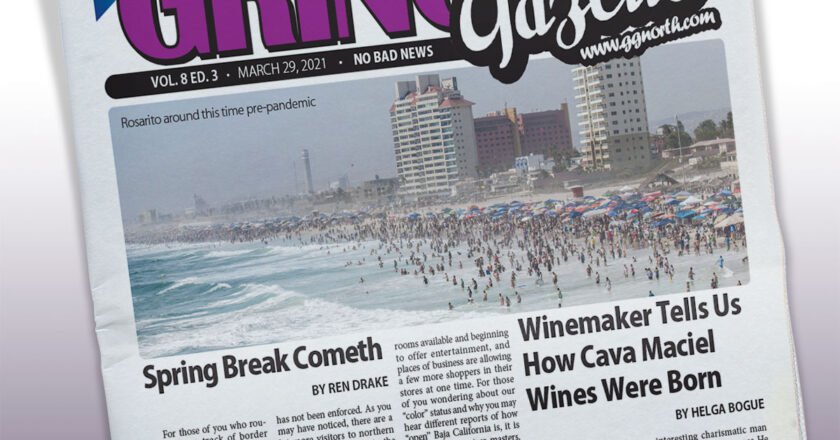If the elections for governor of Baja where today, who would you vote for?
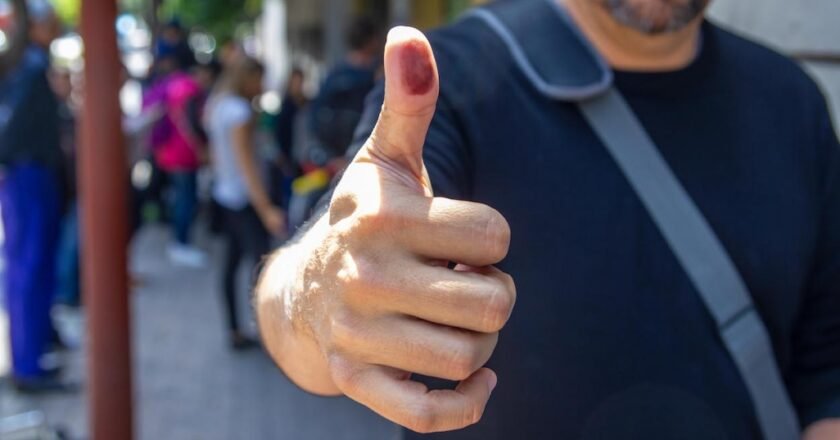

If the elections for governor of Baja where today, who would you vote for?
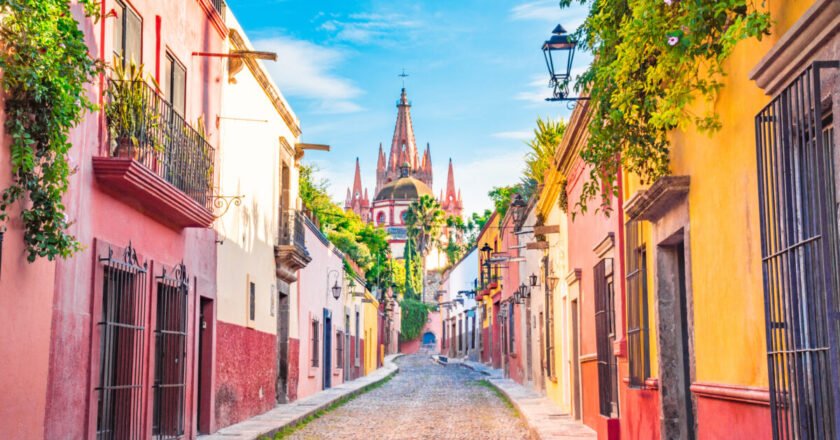
BY RICARDO GARCIA CHAVEZ First point, closest to the Airport. In planning holidays, we chose a point where we could …
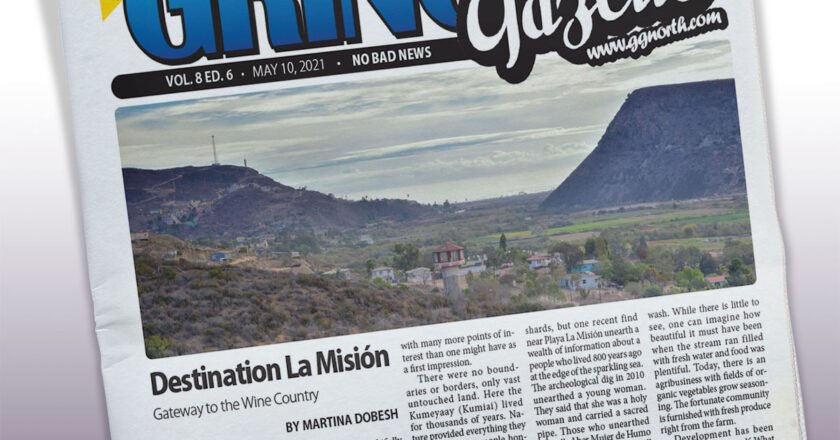
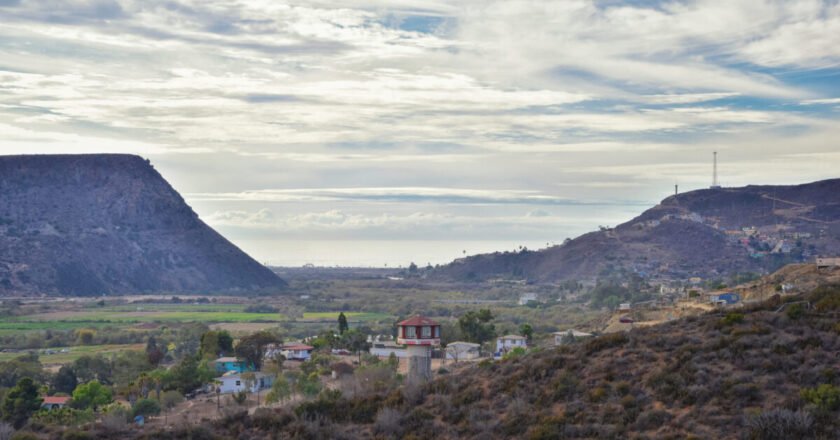
BY MARTINA DOBESH 10,000 years ago, the first people walked along this coastal area, now known as Baja California. Before …
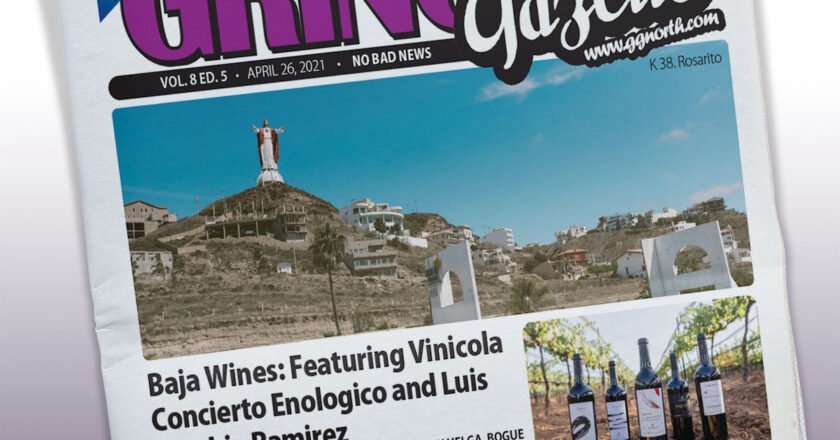

Mexico’s ARM Cuauhtemoc training vessel will be visiting Ensenada from April 21-24 and again from August 6-9, as part of …

After the agglomerations seen in the last two weeks due to the holiday, government officials announced that they are now …

